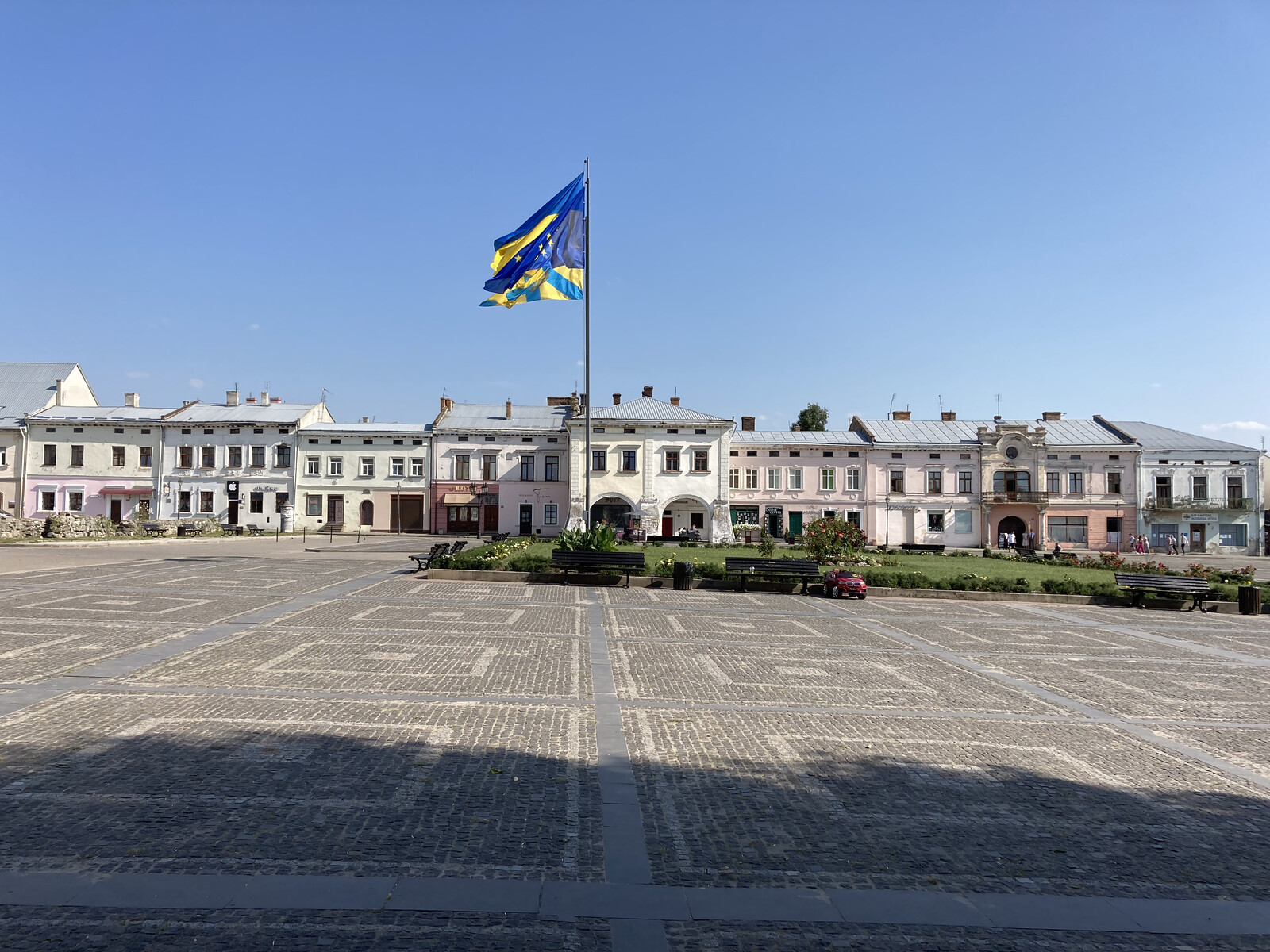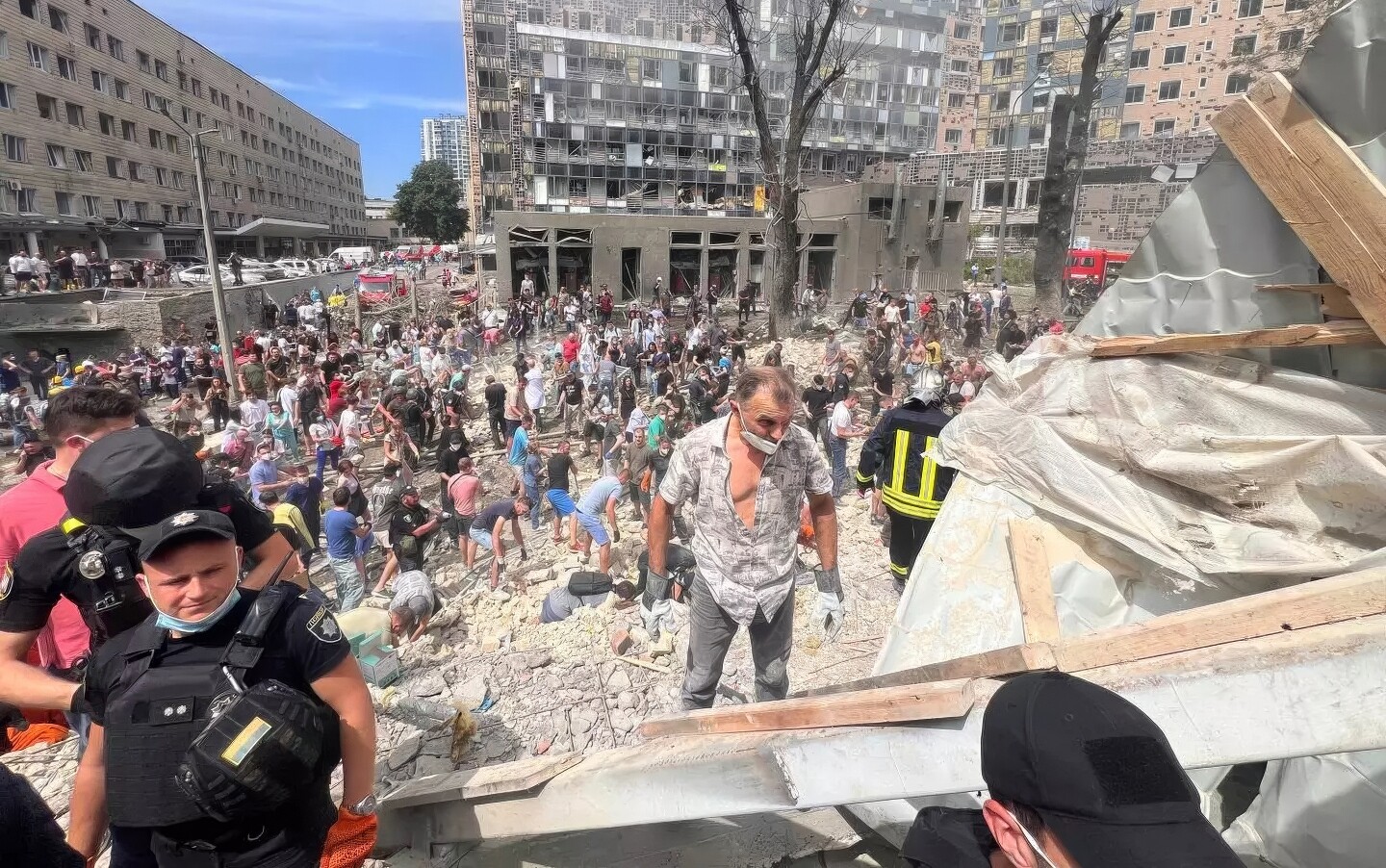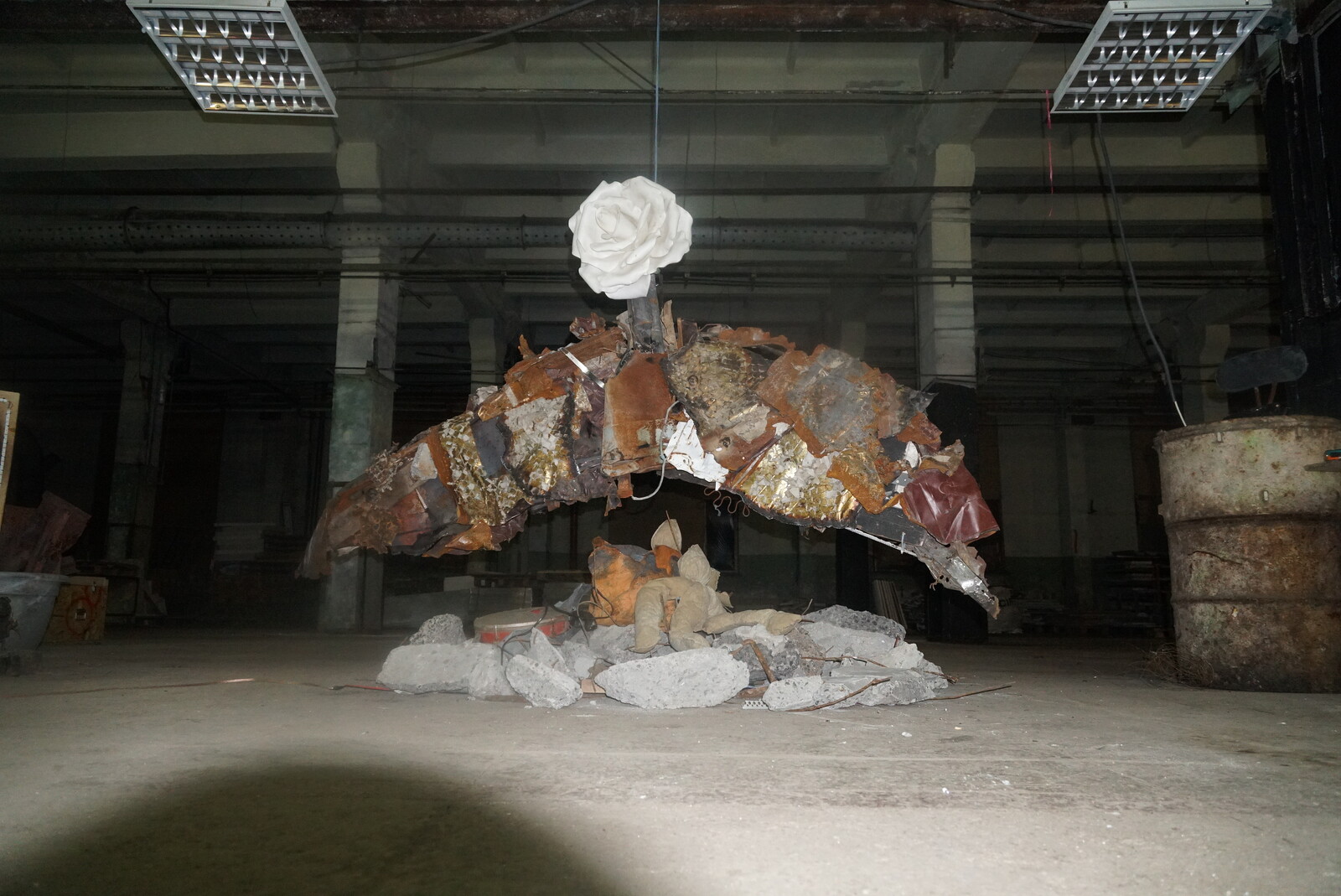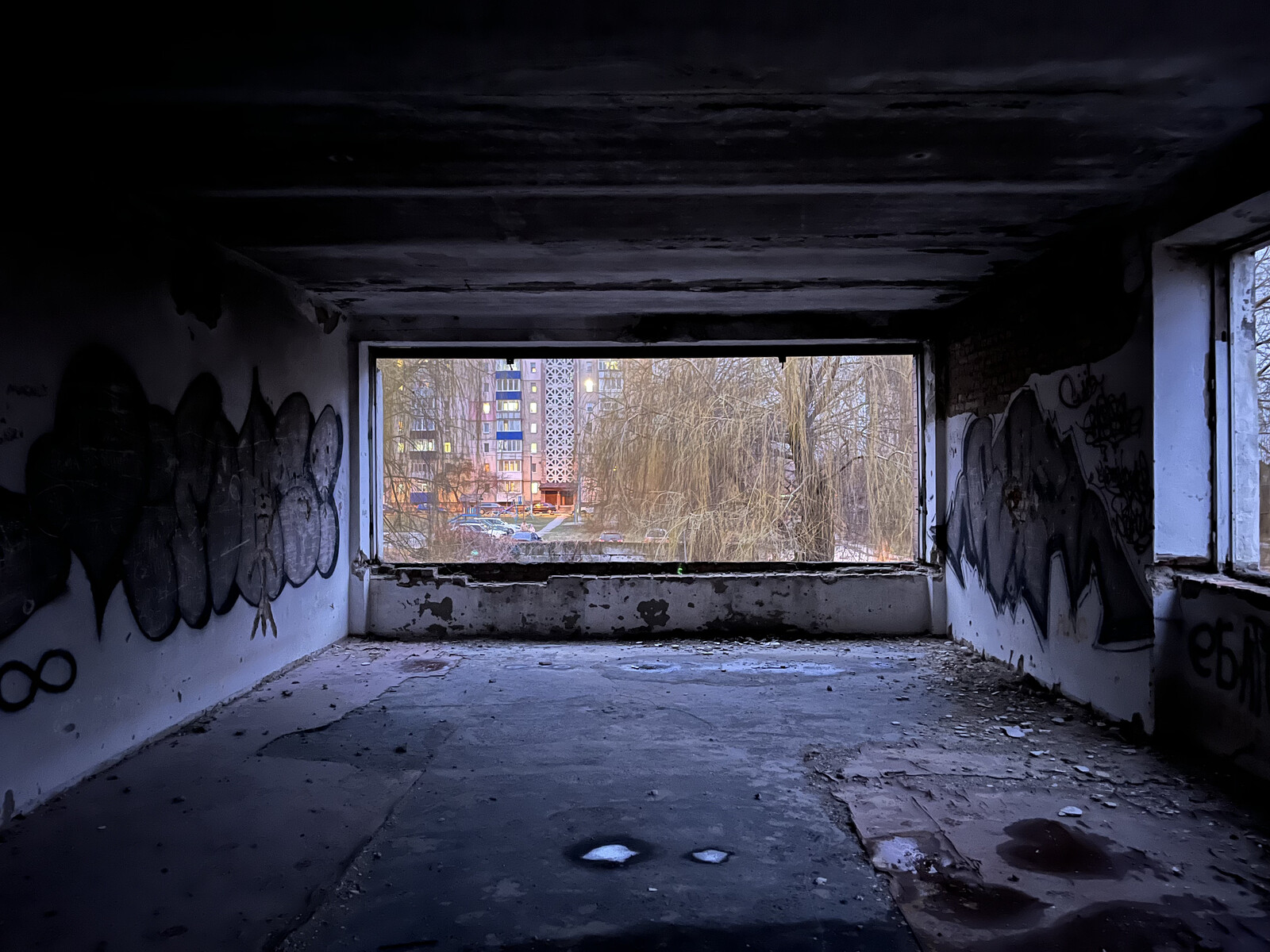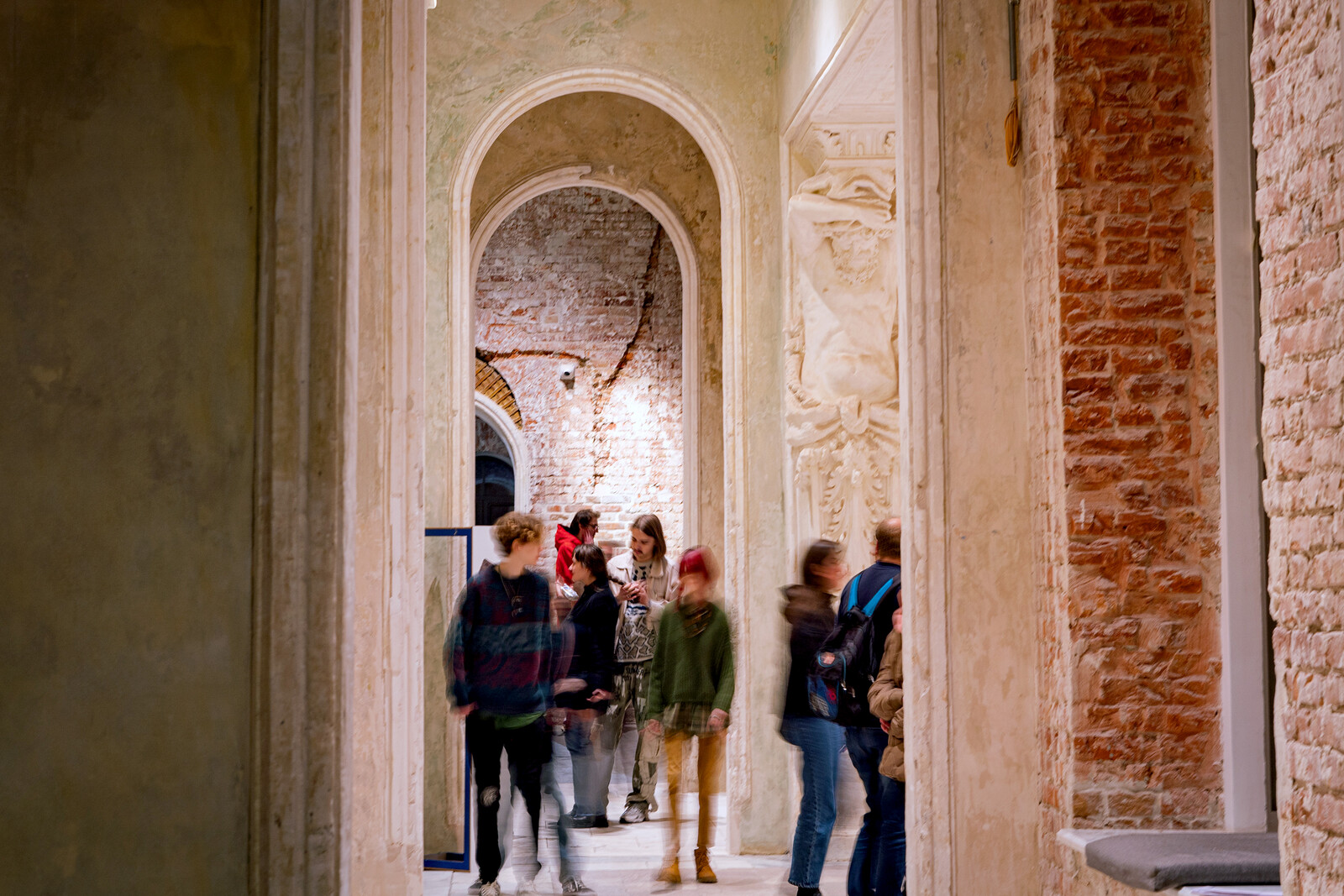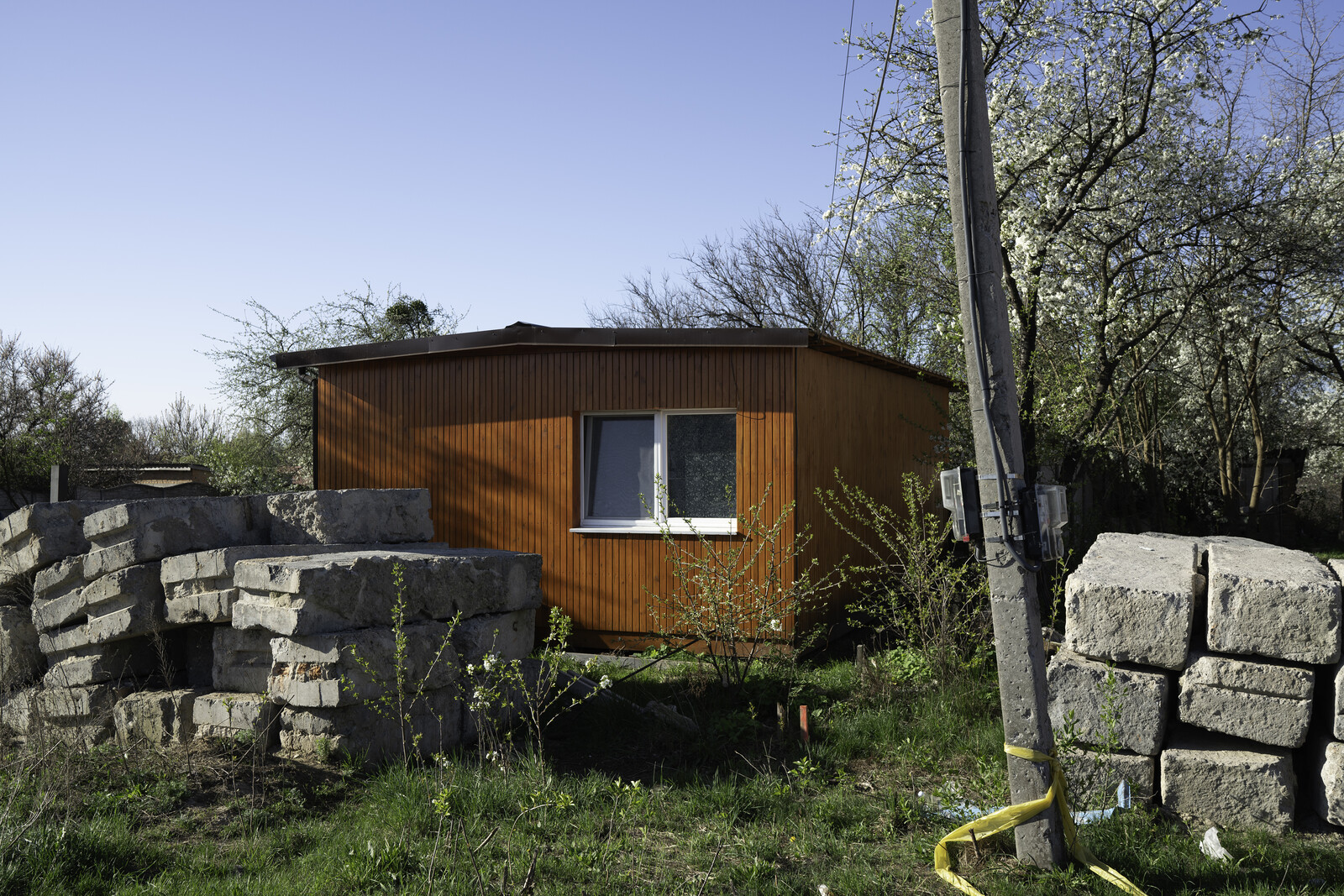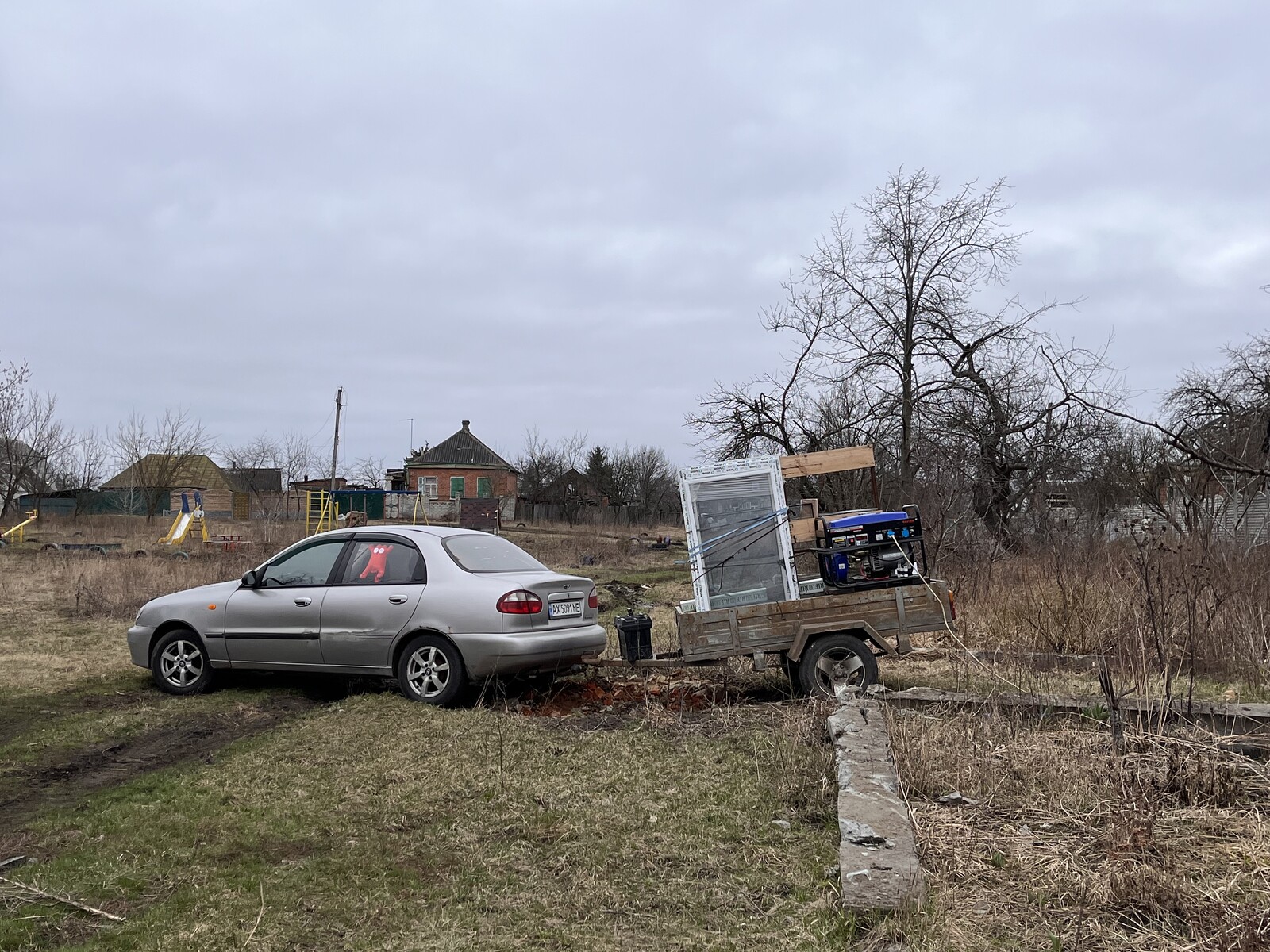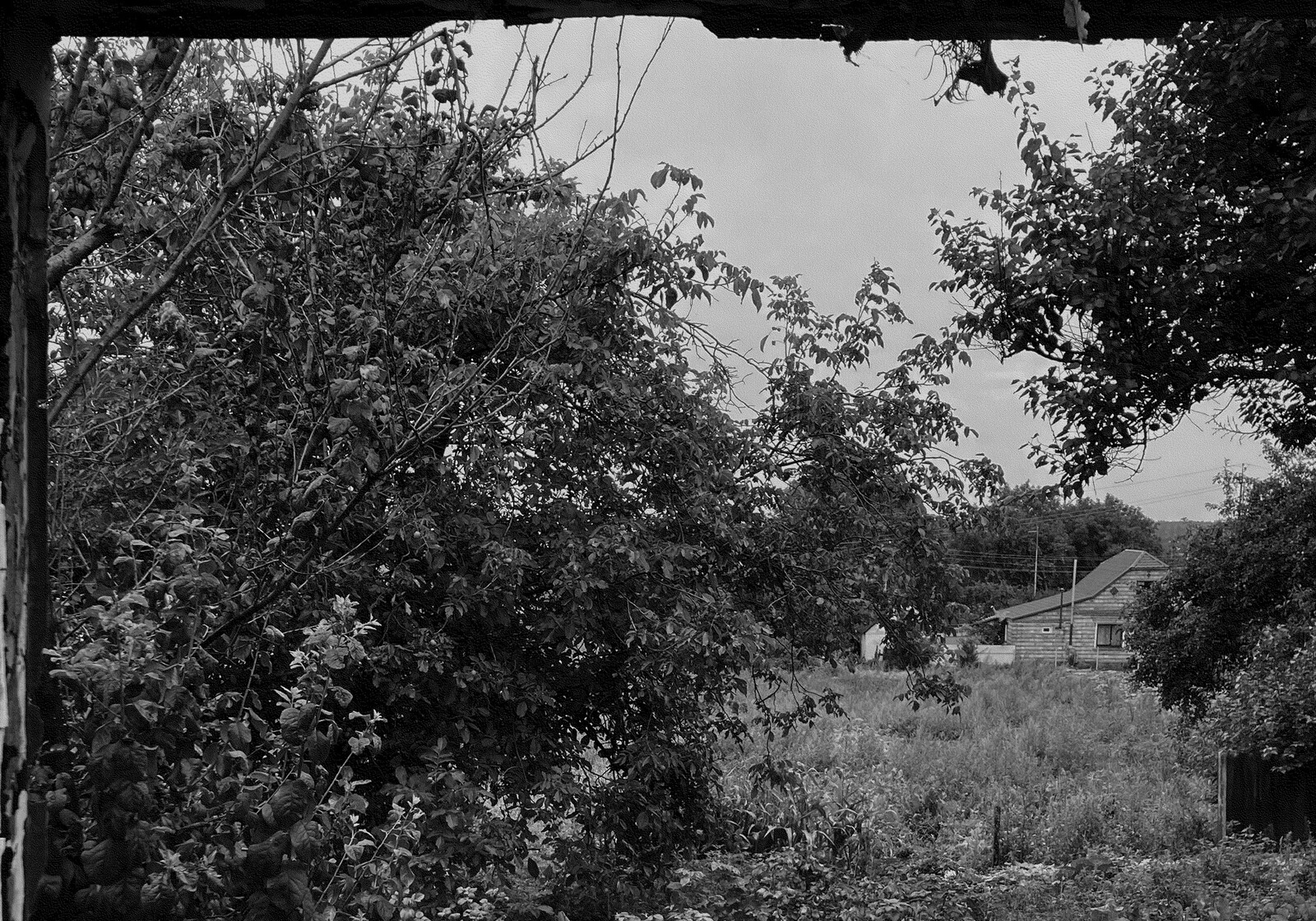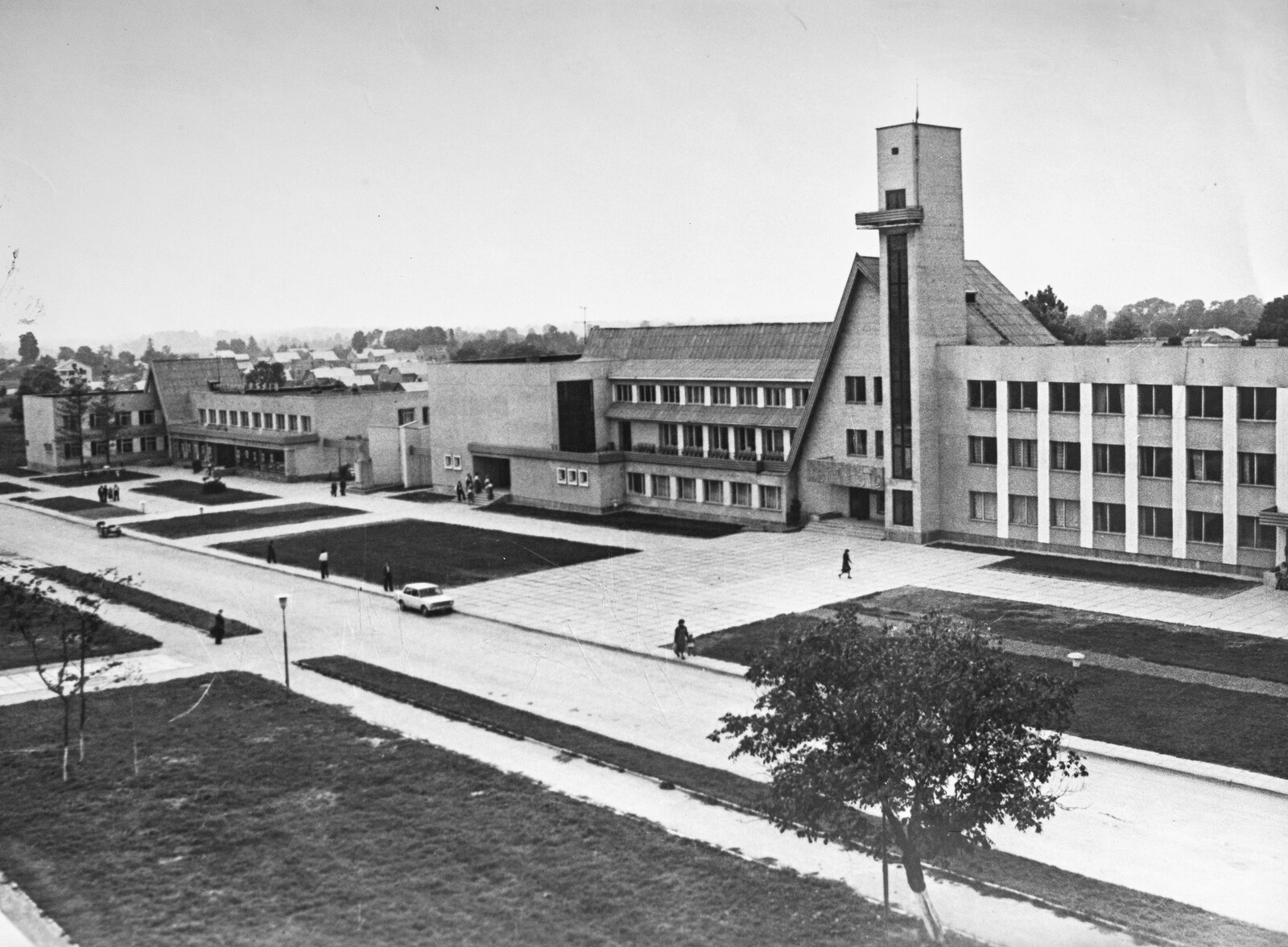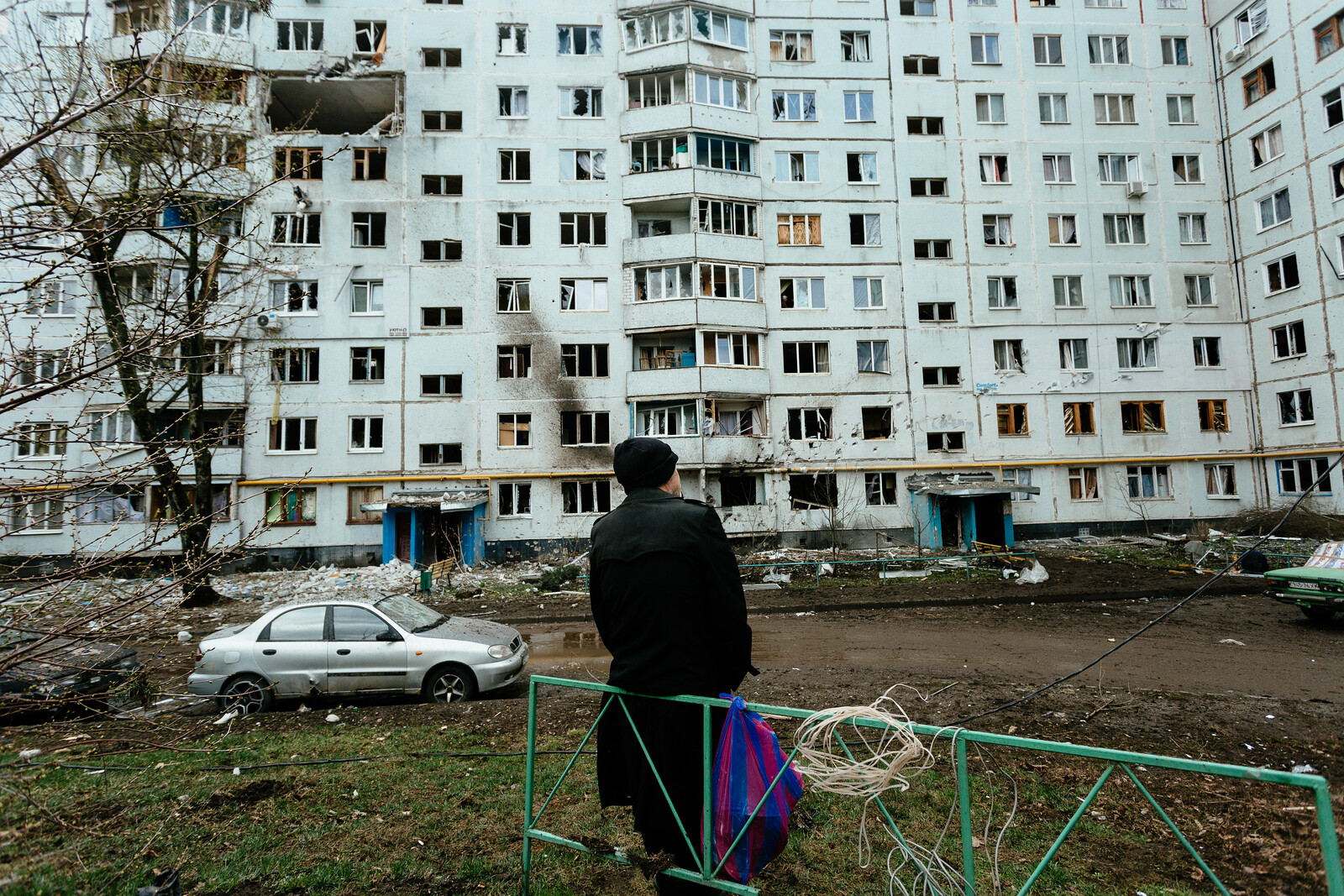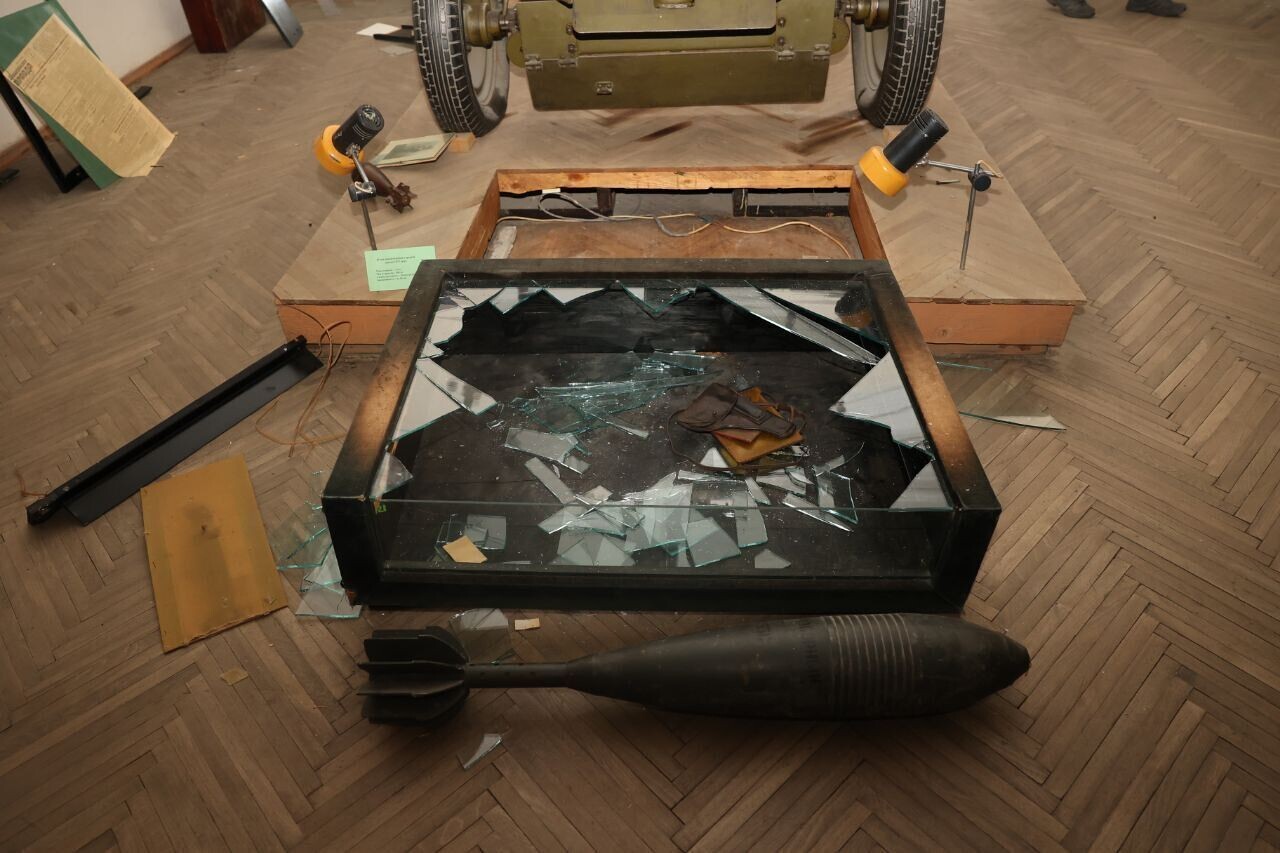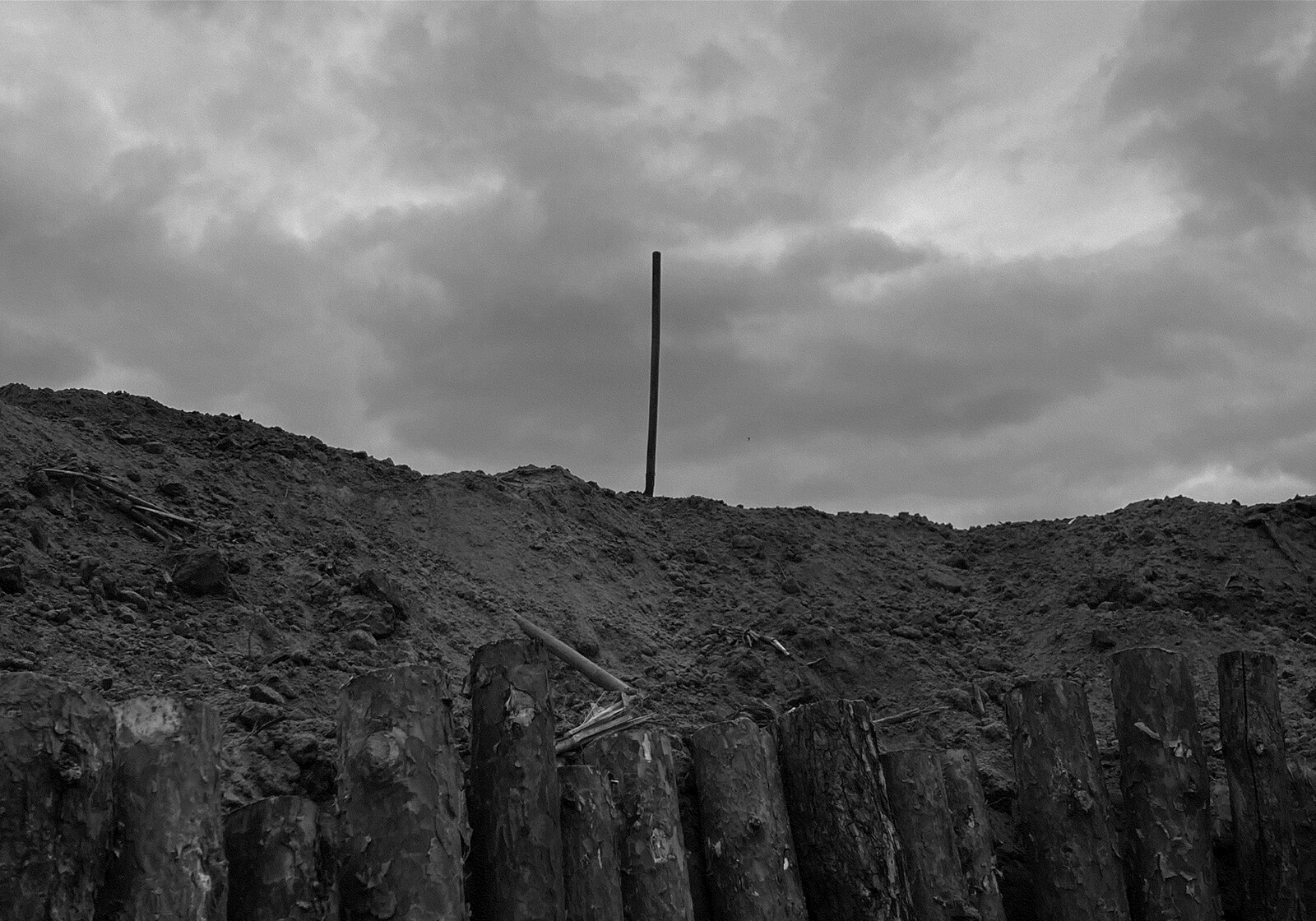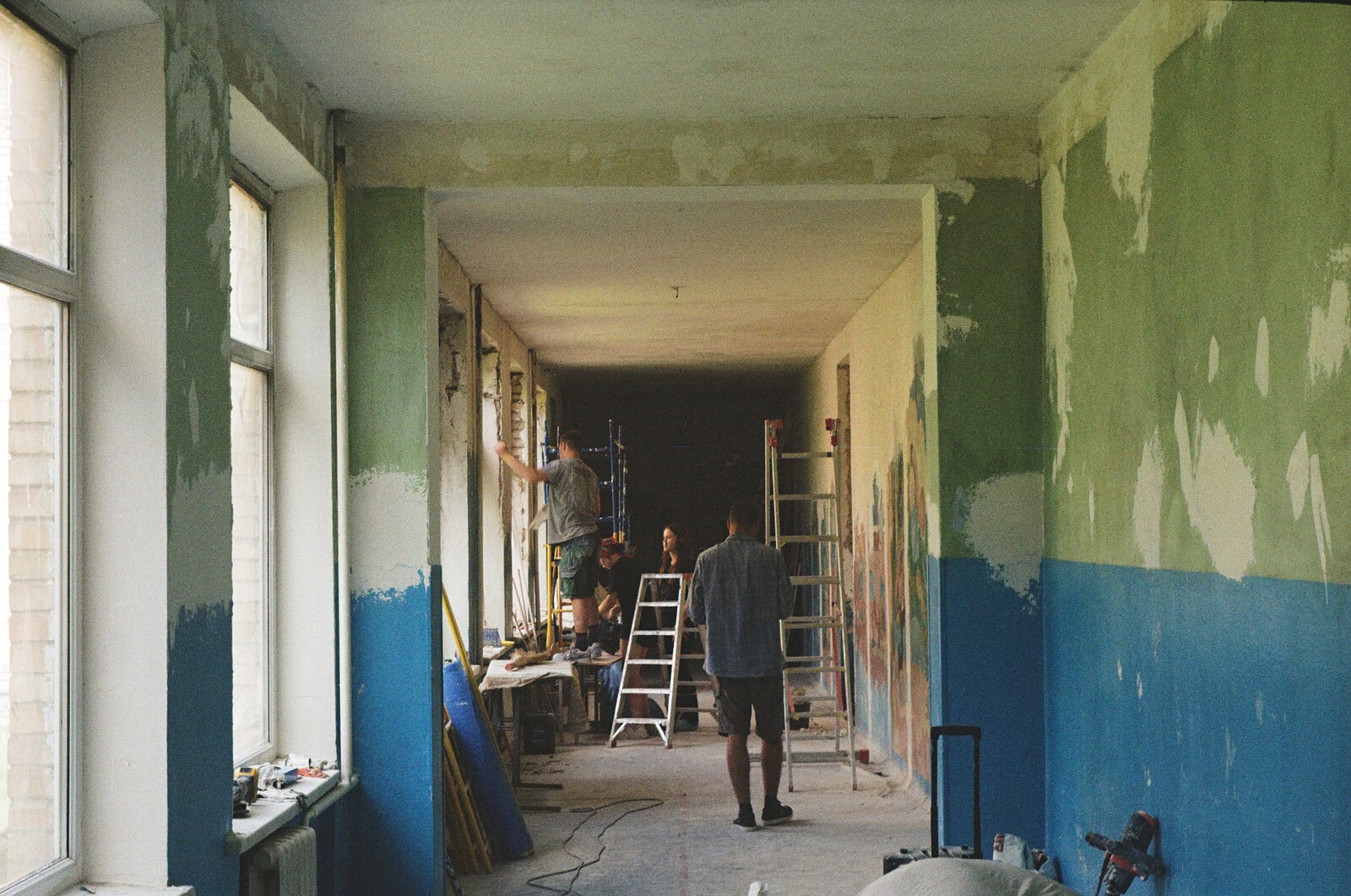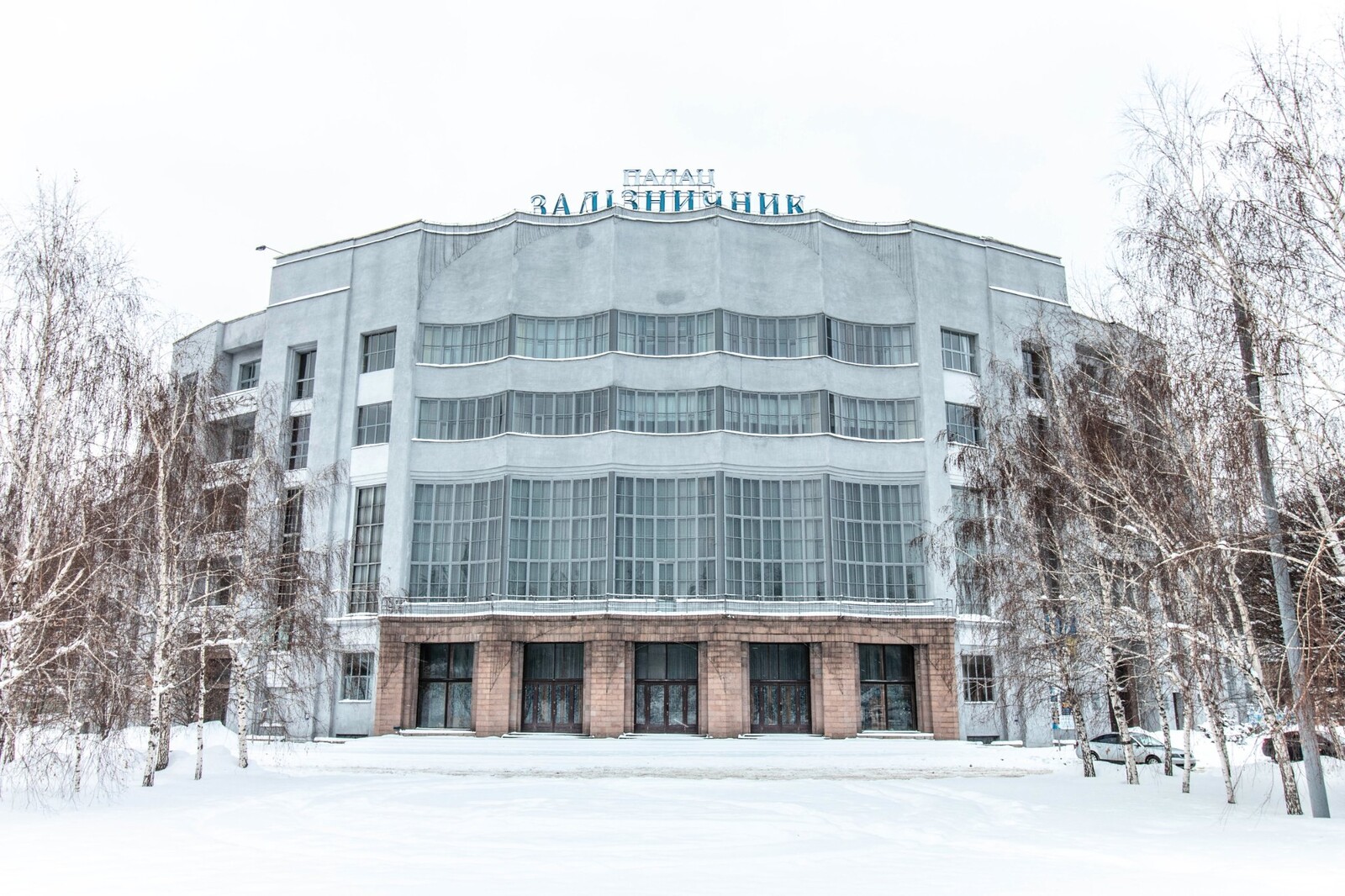If planners ignore those in power, they assure their own powerlessness.
—John F. Forester, American planning theorist, 1982
We are a state university, part of the state hierarchy. That is why we must not participate or be involved in politics in any way.
—Petro Kulikov, Rector of the Kyiv National University of Construction and Architecture, 2020
The ongoing decimation of Ukrainian cities by russian forces is staggering. Estimates made by the World Bank claim that as of February 24, 2023, total damage reached over $135 billion, with housing as the most impacted sector (38% of total damage, or over $50 billion, with about two million affected residents). According to the report, housing replacement costs were estimated at $68 billion, with $31.5 billion being needed in the immediate/short term and another $37.1 billion in medium- to long-term. Around 1.4 million residential units (apartments, single-family houses, and dormitories) have been impacted by the war, with over one-third being destroyed beyond repair.1
These numbers are immense. Where the funds to rebuild will come from and in what form (loans, investments, grants) are questions of great importance. But of equal importance are the questions of what gets rebuilt, where, when, and how. Towards these ends, a national spatial plan is needed but currently absent, and apart from very loosely defined “recovery regions” little information is available about the Ukrainian government’s plans for reconstruction. What is needed are sustained and critical discussions on the goals and means of post-war recovery. This requires well educated and positioned experts that are capable of navigating entangled financial, social, and climate crises. Instead, what prevails in Ukraine is what I would describe as an overly pragmatic and romantic approach to the urban realm, as well as a critical lack of capacity.
In Ukraine, housing is all too often equated to construction; planning is reduced to the production of a masterplan; and institutions, operating modes, and social processes are limited to the written law. Urban planners, designers, managers, and practitioners in Ukraine largely lack conceptual apparatuses to grasp the politically contested division of responsibility between the state and market in urban development as well as socio-economic relations (e.g., stratification, inequality, access to public goods) in cities. Discourse today is filled with numbers and answers, but not with values, operational systems, and organizational structures to fill the gap of capacity to recover, both in communities and on the state level. There is also a lack of understanding (or the desire to stay out) of twenty-first-century climatic, energy, sociocultural and economic challenges. As the issue of recovery requires a multi-dimensional approach, experts with synthetic knowledge such as spatial planners should be in charge of organizing various streams of data, needs, and future visions. However, they are nowhere to be seen.
The history of the planning profession in Ukraine can largely be described as emerging from late-nineteenth century polytechnic institutes, after which it was swallowed by the advancement of industrialization and design of new settlements in the interwar period. At the end of World War Two, however, recovery demanded new expertise. Architects and planners were re-educated to address the scale and complexity of reconstructing cities in what was then deemed a better—a more socialist—way. Soon, as Daria Bocharnikova argues, starting in the 1950s, Soviet planning professionals became “deeply engaged in the project of forging the socialist state and society and significantly installed in the institutional structures of the modern technocratic regime.”2 Increased professional scientification in the 1960s led to a manifold growth of statistical, sociological, and cybernetic departments in planning institutes, which often dealt more with philosophy and systems thinking than real-world phenomena like functional and material challenges for urban growth. Simultaneously, and intensifying in the 1970s and 1980s, the state’s grip on individual and professional freedom tightened, with an authoritarian approach overshadowing even technocratic inspiration. At the end of the Soviet era, frustration and self-doubt was common within the field of spatial planning due to its systemic inability to influence decision-making processes and the marginalization of its expertise.
After the fall of the Soviet Union, Ukraine’s spatial planning profession was steadily deinstitutionalized, with questions of land rights overtaking the provisions of development plans. Following slack “reforms” of spatial planning and development in the 1990s, the non-competitive system of state planning institutes was retained, which did not adapt to a field of practice organized around competitive, inclusive, and stakeholder-involving projects. At the same time, an overall lack of public and private investment in spatial planning projects led to an exodus of specialists from the profession. As a result, and similar to what happened in Poland, when the opportunity for spatio-economic growth came in the mid-2000s, planners were sidelined by market promoters and red autocrats.3 In construction, loopholes and shortcut schemes became everyday practice as local councils were charged with the responsibility of local planning and building approvals. Instead of more integrated, transparent, and flexible planning instruments and processes, the General Plan system largely endured.4
At the same time, when the Soviet Union collapsed, Ukraine inherited a decently adequate, regionally diverse architecture and planning education system, comprising almost a dozen public institutes and universities. While some institutions, such as Lviv Polytechnic, committed to modernizing their curriculum and adhering to advances in European academia,5 others have suffered from downsizing and outright organizational collapse, such as the Kharkiv National University of Civil Engineering and Architecture. Regardless of this, the people who have been educating future planners come from a very troubled generation, one that endured the hardships of the 1990s, engaged in lucrative projects in the 2000s, and has hardly reflected on its own Soviet technocratic mentality. Such an unreformed and depoliticized educational system has strongly impacted the current social standing of spatial planning professionals: eager to fulfill developers’ wishes while lacking professional networks and institutions to oppose them or to produce alternative visions.
In recent years, several bachelor and master “urbanism” programs were initiated with a focus on management (Kyiv School of Economics and Vadym Hetman Kyiv National Economic University), cultural studies (V. N. Karazin Kharkiv National University), regional development (Taras Shevchenko National University of Kyiv and Ivan Franko National University of Lviv), and spatial planning (Kyiv University of Construction and Architecture). However, these programs either remain marginal to mainstream practice or have slowly incorporated the uncritical agenda of development. They have largely ignored the dozens of areas that critical urban scholars have identified that require new models of distributive justice in urban and rural areas, from access to education, mobility, and local food production to productive ecological landscapes and biodiversity. Alongside this, a weak understanding of the political economy of land and housing prevents addressing rampant extractive practices of rentierism in Ukrainian cities, and inhibits rethinking ongoing municipal land privatization. Furthermore, a lack of local and national institutional capacity leads to outdated plans and de-facto ad-hoc development. And data management is virtually absent in most cities, which makes decision-making ambiguous and highly dependent on vested interests.6
The list of issues facing contemporary spatial planning in Ukraine can go on. But what is important is that most if not all are either poorly understood or completely neglected in education. This, in turn, leads to the reification of simplistic notions and ideas about the nature of cities and endangers that the oft-repeated phrase “building back better” will remain an empty signifier. There is great risk that recovery will fail to consider quality of life, socio-spatial justice, and ecological footprint.7 Thus, a massive and rapid change is needed. An integrated and systemic approach to spatial planning would reshape the professional field and develop a new generation in an ecosystem of practice that encompasses processes of planning and contracting, higher education and professional associations, and national frameworks and guidelines. The need to reform, therefore, is threefold: new educational programs, new planning institutions, and new demands for quality planning.
Without new educational programs, obsolete approaches will prevail and continue to shape planning laws and project commissions over decades to come. This would also contribute to maintaining a network of incompetence, with responsible bodies vouching for poor quality but easily processed and predictable results. The scale and nature of both funding and content in universities and departments of urban planning, architecture, and construction are key. More money needs to be put into the expansion of education, but rather than just scaling up existing programs and education formats, such expansion needs to be done with quality requirements and an understanding of the need to reform.8 The horizontal integration of competences—from social sciences and economics to data management and communication—must be at the core of curricula. Resources should also be channeled to research to provide a real-time understanding of development processes in Ukrainian cities and regions and establish ground for further institutionalization of urban-regional scholarship.
Without new planning institutions, graduates will not be able to sustain themselves before they can establish their own practices, which in turn requires a significant overhaul of the contracting system for planning. It is critical to focus on the long-term, where new institutions and experts can provide innovative and evidence-based spatial development plans. National institutes and governmental agencies as well independent associations need to be rebuilt to provide high-level consultation and visions on the scale of the country and its regions. The vertical integration of spatial planning should be fostered by national congresses and forums. On the local level, a new interface and capacity to involve stakeholders and citizens in spatial planning is crucial. Civil society is ready to participate in the recovery, but might lack competence and guidance to do so effectively. Investment in human capital at the local level and added financial assistance to jump-start such processes must happen with state and donor support.
Without reshaping national-level demands and empowering local governments to fund quality discussions about the spatial planning of their territories, we will be left not only with a gap in discourse, but also unrealizable visions and strategic aims.9 Specific legislative requirements and provisions need to expand the competencies and abilities of municipalities to effectively manage growth and shrinkage, establish design-planning councils and devise land-use strategies and plans. Issues such as climate adaptivity, design quality, soft mobility, energy self-sufficiency, and planning protocols need to be addressed by national code and by-laws that demand adherence. Systematic data collection and national oversight would contribute to a culture of evidence-based decision-making and competitive growth towards regional balance and socio-economic justice.
Contrary to the suggestions of a “small state” or minimal governmental intervention,10 all of this requires strategic and conscious investment in public institutions. If done correctly, these kinds of reforms would yield long-lasting impacts and far-reaching improvements in the quality of space, natural environment, and daily life. We must be willing to stand up to the challenge, and take the risk, for the future of Ukrainian cities and communities is at stake.
World Bank, Government of Ukraine, European Union, and United Nations, Ukraine Rapid Damage and Needs Assessment: February 2022 - February 2023 (English) (Washington, D.C.: World Bank Group). See ➝. Similar data is also provided by Kyiv School of Economics, “During one year of full-scale war, Russia caused almost $144 billion in damage to Ukraine’s infrastructure,” March 22, 2023. See ➝.
Daria Bocharnikova, “Inventing Socialist Modern: A History of the Architectural Profession in the USSR, 1932–1971” (PhD diss., European University Institute), 25.
Krzysztof Niedzialkowski and Raoul Beunen, “The risky business of planning reform: The evolution of local spatial planning in Poland,” Land Use Policy 85, (2019): 11-20.
Anastasiya Ponomaryova, Brent D. Ryan and Oleksandr Anismov, “Kyiv’s new General Plan has failed. What will come next?”, Mistosite (2020). See ➝. Anastasiya Ponomaryova, Brent D. Ryan and Oleksandr Anismov, “Kyiv’s new General Plan has failed. Part II”, Mistosite (2020). See ➝.
Natalia Otrishchenko, “Looking Forward, Looking Back: Re-Connecting of Urban Planning Education in Lviv,” Studia Historiae Scientiarum 21, (2022): 485–514. See ➝.
OECD, “Rebuilding Ukraine by Reinforcing Regional and Municipal Governance,” OECD Multi-level Governance Studies (Paris: OECD Publishing, 2022). See ➝.
Anna Ackerman, Nataliya Andrusevych, and Oleh Savyskyi, “A Green Deal for post-war Ukraine,” Ecoaction, November 8, 2022. See ➝. David Saha, Rouven Stubbe and Pavel Bilek, “Putting the green reconstruction of Ukraine into action: Requirements for programme design and policy,” Vox Ukraine, July 13, 2022. See ➝.
Oleksandr Anisimov, “Post-war urbanism. 10 points for a new urban policy of the reconstruction of Ukrainian cities,” Medium, March 5, 2022. See ➝.
Oleksandr Anisimov, Pavlo Fedoriv, Oleksandra Tkachenko, Julie Lawson and Edwin Buitelaar. “Rebuilding a place to call home: Sharing knowledge for the recovery of Ukraine,” PBL Netherlands Environmental Assesment Agency, May 2, 2023. See ➝.
Examples of fatalistic view towards the national capacity of the state regarding all “unnecessary functions” such as culture, higher education, and even medical services (and thus the need to sideline state in the long-term recovery) include: “A Blueprint for the Reconstruction of Ukraine,” CEPR, April 8, 2022. See ➝. “Ukraine Recovery Cookbook,” Centre for Economic Stragety, April 26, 2023. See ➝. More about the problem of small state in the recovery can be found here, ➝.
Reconstruction is a project by e-flux Architecture drawing from and elaborating on Ukrainian Hardcore: Learning from the Grassroots, the eighth annual Construction festival held in the Dnipro Center for Contemporary Culture on November 10–12, 2023 (2024), and “The Reconstruction of Ukraine: Ruination, Representation, Solidarity,” a symposium held on September 9–11, 2022 organized by Sofia Dyak, Marta Kuzma, and Michał Murawski, which brought together the Center for Urban History, Lviv; Center for Urban Studies, Kyiv; Kyiv National University of Construction and Architecture; Re-Start Ukraine; University College London; Urban Forms Center, Kharkiv; Yale University; and Visual Culture Research Center, Kyiv (2023).
